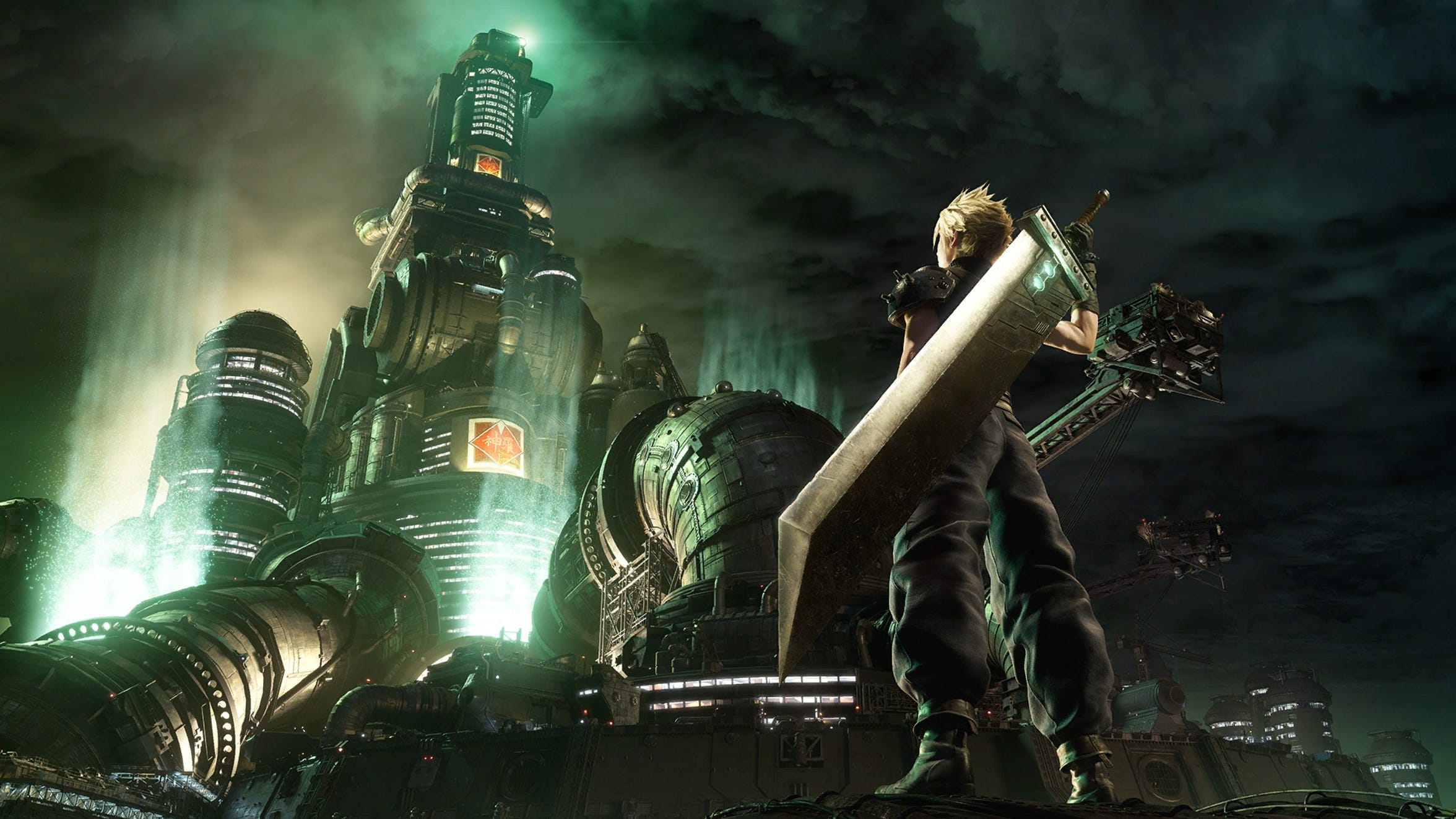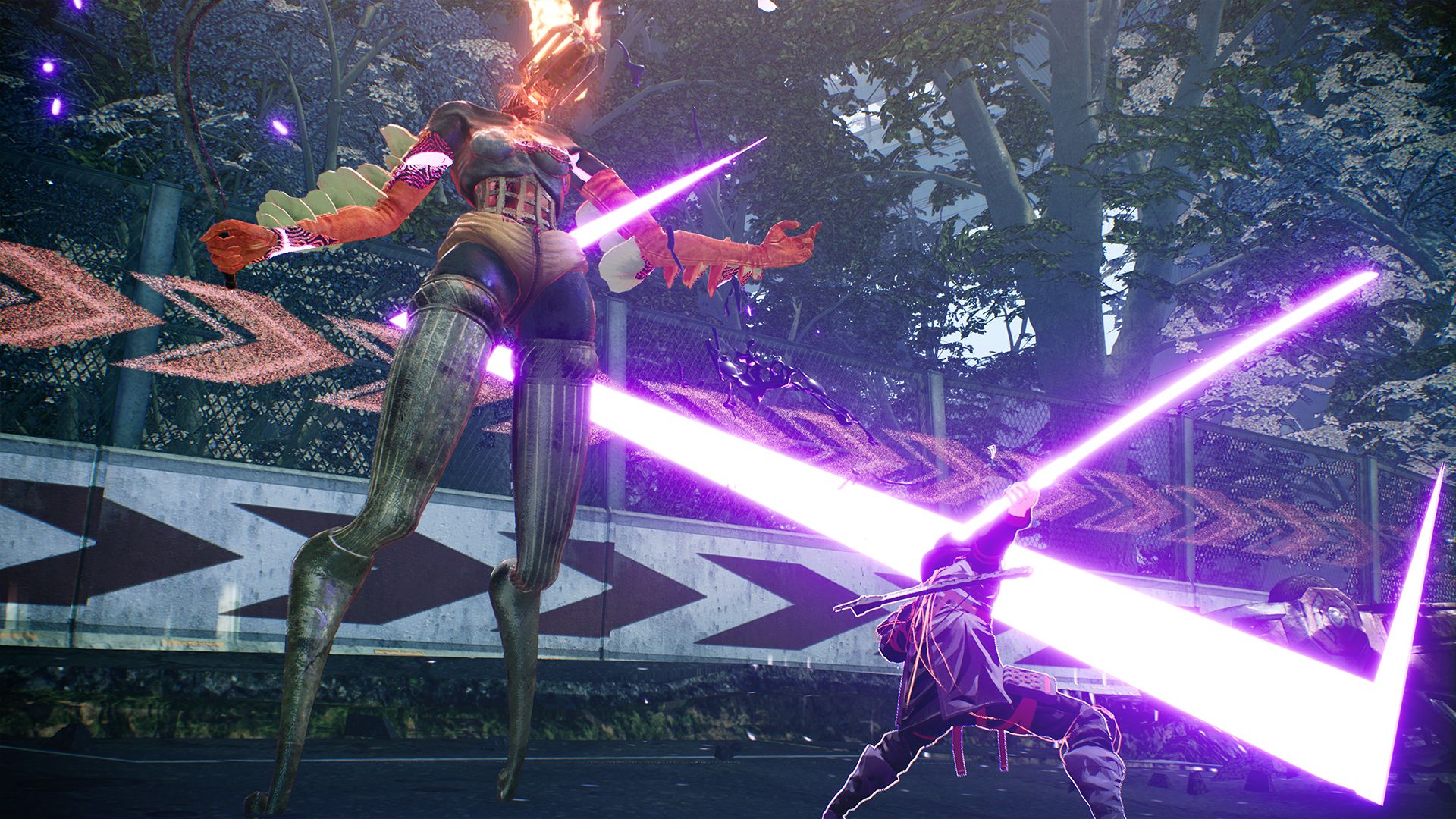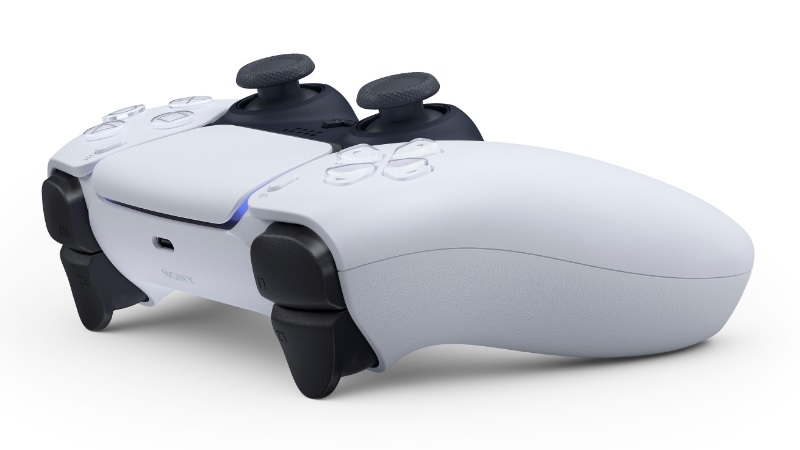As we approach the next-generation of gaming, there’s a question about just how good those games can look on PS5 and Xbox Series X. There’s a phrase I’ve seen thrown around by a few people now and it’s “diminishing returns.” We’re at a point in gaming where we’ve more or less reached the peak of “good enough.” There are already stunningly near-photorealistic games on this generation of console, so what more can we really ask of next-gen? Yes, there are the improvements and optimizations to better resolutions and higher, more stable frame rates, but we’re not iterating on this generation of consoles just for a resolution bump.
So if it’s not for games to look better, what are we really after with next-gen technology? The real brilliant next-gen innovations will come through the fundamental gameplay experience and core design sensibilities as developers begin shifting development processes around the capabilities of next-gen hardware.
Looking at the history of games, so many features, design decisions, and iconic tropes in gaming were propagated by the technical limitations of the hardware. The easiest example is hidden loading screens, using doors, hallways, cutscenes, and other forced narrow slow-movement architecture within levels to give the game a moment to load without breaking down player immersion. Even outside of the player’s perspective, there are a number of behind-the-scenes development tricks that are utilized because of hardware limitations. Level and environment design is inherently built around masking load times. Everything we see on the screen is an illusion, and developers need to maintain that illusion no matter what. That’s why you sometimes have to slow down to crawl through a small space, or squeeze between that gap in the fence, or take that elevator; to give the game time to catch up with what it knows is coming.

But what if games didn’t have to be designed this way. Suddenly you’ve freed the scenario writers and level designers and gameplay engineers from having to account for technical limitations that might require changes to gameplay. More technical freedom means more creative freedom and capability to design around intent, rather than around what the hardware will allow. That, in turn, will entirely change the player experience, as we’re given another dimension of immersion into a game’s creative intentions, not held back by hardware.
Loading screens are just one clear example, but game development is full of design sensibilities created by technical limitations, solutions to roadblocks that won’t exist on PS5 and Xbox Series X. Loosening those restraints opens up worlds of next-gen possibilities.
Next-Gen Can’t Be Shown in Graphics
And there’s the biggest problem with next-gen, compounded in part by the COVID-19 pandemic that’s forced us all inside and shut down any possibility of anyone getting hands-on with these games for the rest of the year. Next-gen gaming has to be felt. It’s the player experience. So when Microsoft promises a big look at a bunch of next-generation games in its Inside Xbox, fans were left disappointed for a number of reasons.
First, the trailers failed to really show off any “next-gen gameplay.” Yes, we saw in-engine footage, and that did include some gameplay to a certain extent, but what about it makes it uniquely “next-gen?” With the vast majority of the titles being cross-gen releases, they are inherently held back by current-gen design limitations at a core level. So what we saw were a bunch of games that might look a bit prettier and might load a bit faster, but didn’t give us any meaningful reason to anticipate next-generation hardware. The proof is going to be in the next-gen exclusives, and it’s going to be in the details that can’t be shown in a quick 2-3 minute trailer.

Unfortunately, the absence of literally any gaming event this year due to COVID-19 means Sony and Microsoft are going to have a much harder time with the messaging. Sony had originally planned to hold “hundreds of consumer events” throughout the year to showcase both PS4 and PS5 titles. Players were supposed to be able to get their hands on The Last of Us Part II back at PAX East earlier this year before Sony pulled out of the show—the last event before everything shut down and 2020 was effectively canceled. Now? Eager fans will have to rely on marketing, PR, community managers, and developer/publisher messaging to communicate just what makes next-gen so unique, and these channels will all have to do a good job concisely packaging what it is that pushes us forward into the PS5 and Xbox Series X era.
Cross-Gen Games Fail to Showcase True Next-Gen Potential
If Assassin’s Creed Valhalla is also coming to the PS4, then exactly what is it that makes its PS5 version so special? That’s a question that press releases for upcoming games have already been trying to dance around, with vague phrases like “As developers, we’re always excited to work with new hardware because it gives us a greater ability to express our creative vision,” and “The next generation of video game home consoles lets the development team realize the full potential.” (Actual quotes taken from press releases for cross-gen games). The problem is we’re not really getting any details besides “better graphics” and “faster loading times.” If people can appreciate the graphically inferior version of The Witcher 3 on Switch, then why are “good graphics” analogous to the full potential of next-gen creative expression?

The Inside Xbox stream, while touting every game being “Optimized for Series X,” never even really delivered on that vague promise through side-by-side comparisons or feature lists of what the Series X versions of those games will have that the current-gen versions don’t. We’ve just been promised that they’ll be “optimized.” Of course, that means a resolution bump and a frame rate increase, and I don’t doubt at a technical level they’ll be impressive, but it’s less “next-gen” and more “PS4 Pro/Xbox One X Enhanced” but for the next iteration of consoles. Even if everything we saw was Series X target footage… it looked good, but I wasn’t blown away? Most all of it looked more than possible on current consoles (and judging by cross-gen releases, basically is). Showcasing it all via compressed live stream probably didn’t help either.
I want to leave this rant with a request to Sony and any other companies getting ready to reveal, show off, and market next-gen games throughout the year: We need more than just pretty games. Make it clear what next-gen improvements will bring. Give developers more time to talk about development and design. Give us bullet points of unique next-gen features (and why those features might be difficult or impossible on the current-gen). And even though next-gen isn’t all about graphics, if you are going to show off next-gen visuals on cross-gen games, give us a side-by-side to really see the differences in draw distance, texture and object pop-in, and load times. Make a convincing argument for why next-generation gaming will be different. We’ve seen the numbers and specs. Now show us what that all means in practice. I’m already all-in on buying a PS5, but I’d love to know how my experience as a player will be changing coming this holiday and beyond.
Daily Reaction reacts to the video game industry. Have suggestions for the column or subjects you’d like us to react to? Let me know in the comments below and be sure to check out previous Daily Reactions for more dives beyond the headlines.








